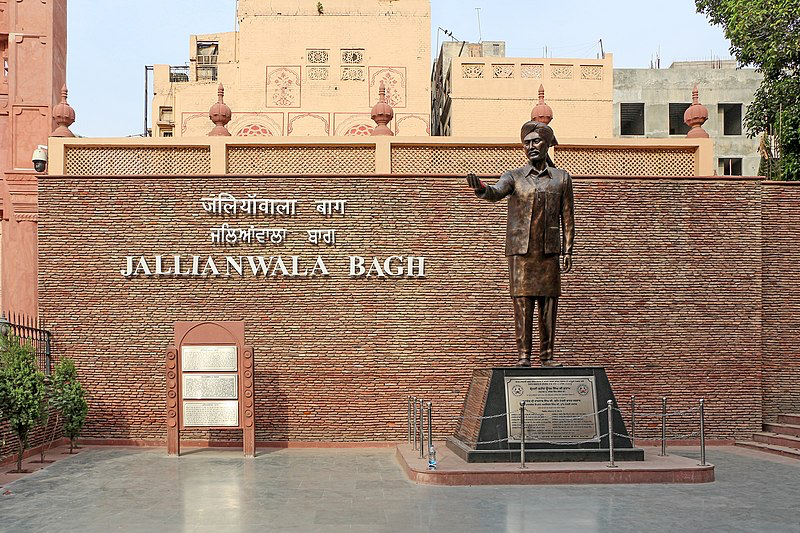Free Courses Sale ends Soon, Get It Now


Free Courses Sale ends Soon, Get It Now



Disclaimer: Copyright infringement not intended.
Context
Details
Political Backdrop
|
These Bills curtailed the civil liberties of Indians and let colonial forces arrest people without any warrant or trial. One of the Acts was pushed through the Legislative Council ignoring objections of elected Indian representatives, leading to resentment among Indians. Some violent protests had been witnessed in cities of Delhi, Bombay (now Mumbai) and Lahore as well, even as MK Gandhi called for the launch of a non-violent peaceful protest at the time. |
April 13, 1919 - Jallianwala Bagh Massacre
Post Jallianwala Bagh
Hunter Commission
O’ Dwyer’s Assassination
|
PRACTICE QUESTION Q) The Jallianwala Bagh massacre marked a turning point in India’s struggle for Independence. Comment. (150 words) |
© 2024 iasgyan. All right reserved